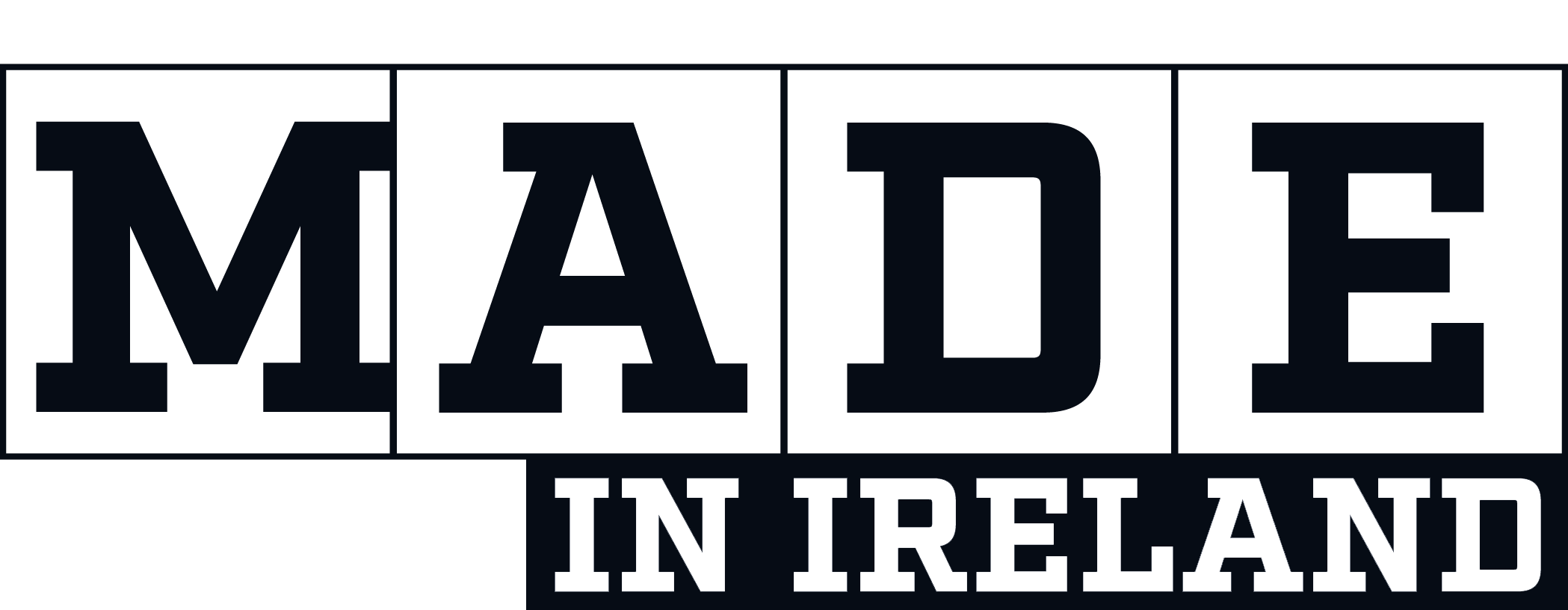The rapid-prototyping platform is intended to allow product designers to test and optimise the position accuracy and power consumption of wireless location tracking applications that use LTE-M and NB IoT cellular networks, as well as Global Navigation Satellite System (GNSS) technology.
The toolset targets product engineers working on battery powered applications such as sport, people and asset trackers.
An increasing number of battery powered consumer and industrial products feature integrated GNSS receivers. These products include virtual reality headsets, smart watches, and devices to track elderly people, containers or parcels. With the ongoing roll-out of low power wide area cellular networks (LPWAN) such as LTE-M and NB-IoT technologies around the world and the extremely low power consumption they enable, the range of use cases for wireless location trackers is expected to expand further.
The u-track software runs from embedded firmware on the new u blox C030-R410M application board. The board, specifically designed to rapidly prototype applications for the Internet of Things (IoT), includes an ultra-small, low power u blox ZOE-M8B, receiver and a size-optimised SARA-R410M LTE-M/NB-IoT cellular communication module.
In addition, u-track includes a PC software application. It has a user-friendly dashboard that allows users to log, retrieve, and visualise power consumption, accuracy, and other important values, such as the time it takes the GNSS receiver to calculate a position (Time-To-First-Fix, TTFF).













